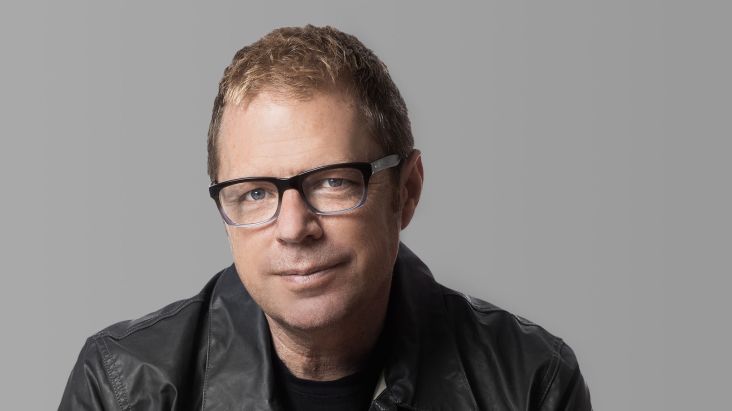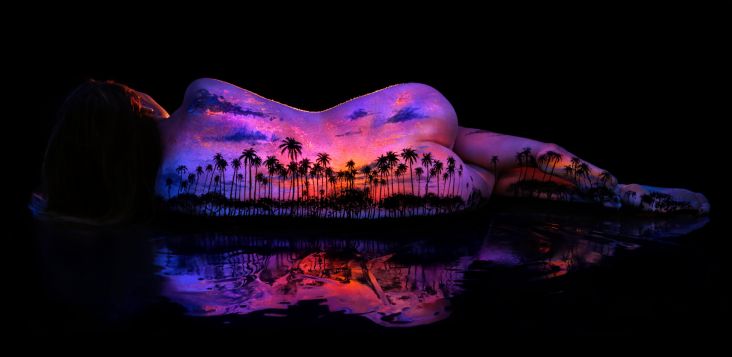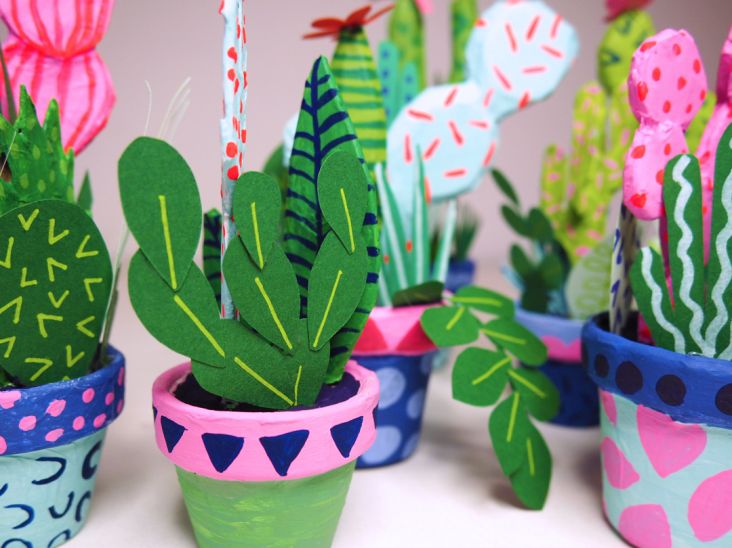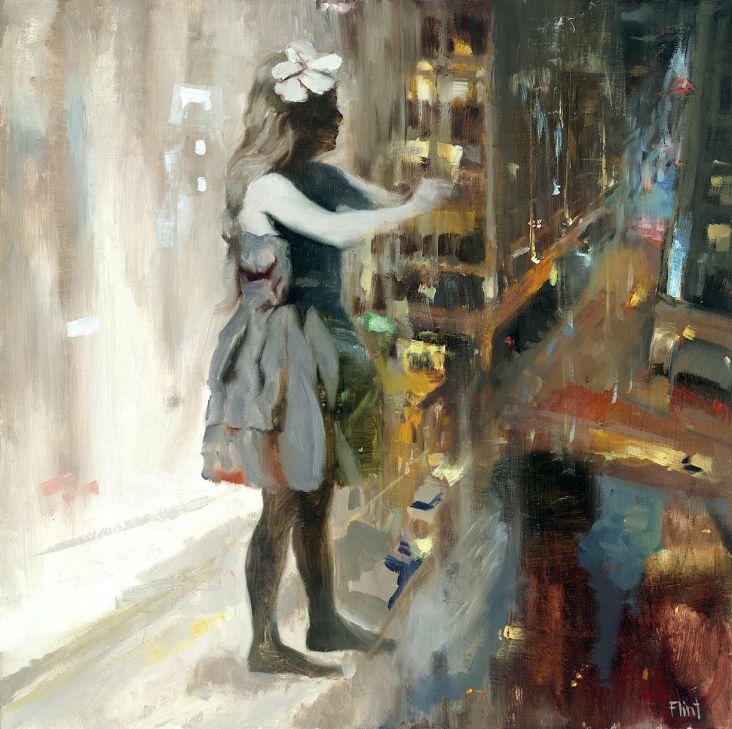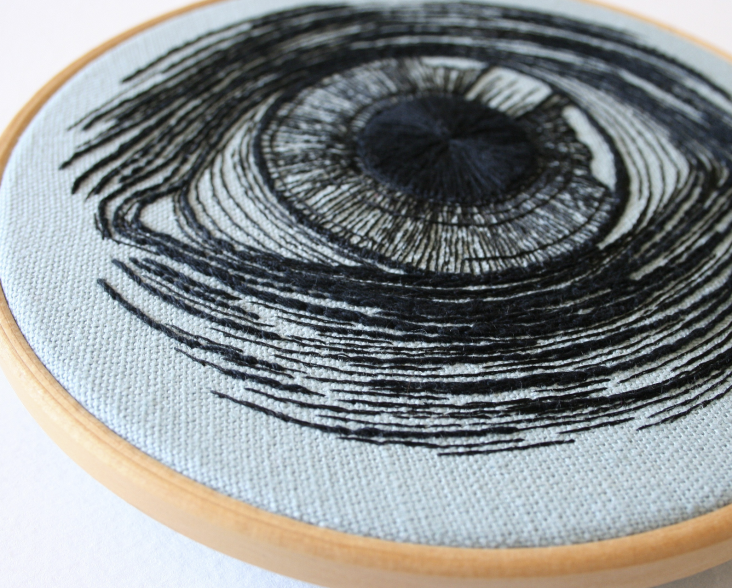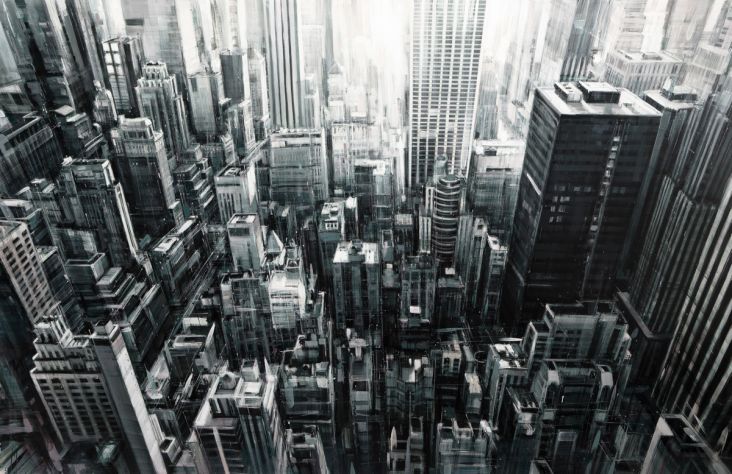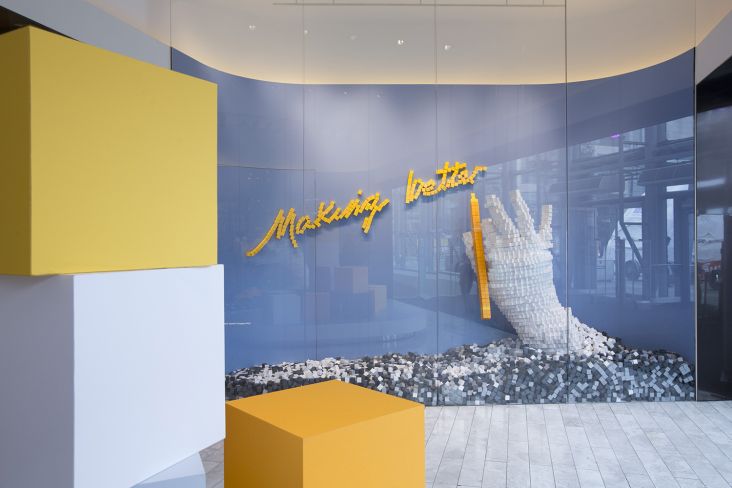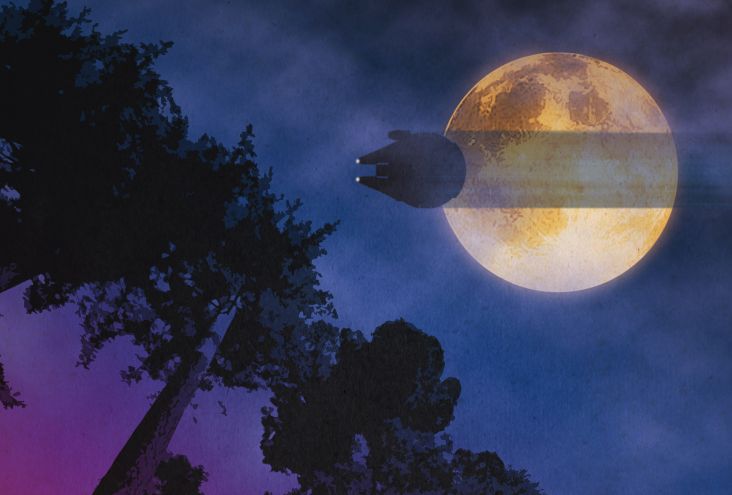Retracing our Steps: Photographs of refugees returning to their evacuated homes near Fukushima
Imagine if everything you ever knew disappeared forever. Your home, your office, your local shops, cinema, school – all of it gone, never to be returned to again.
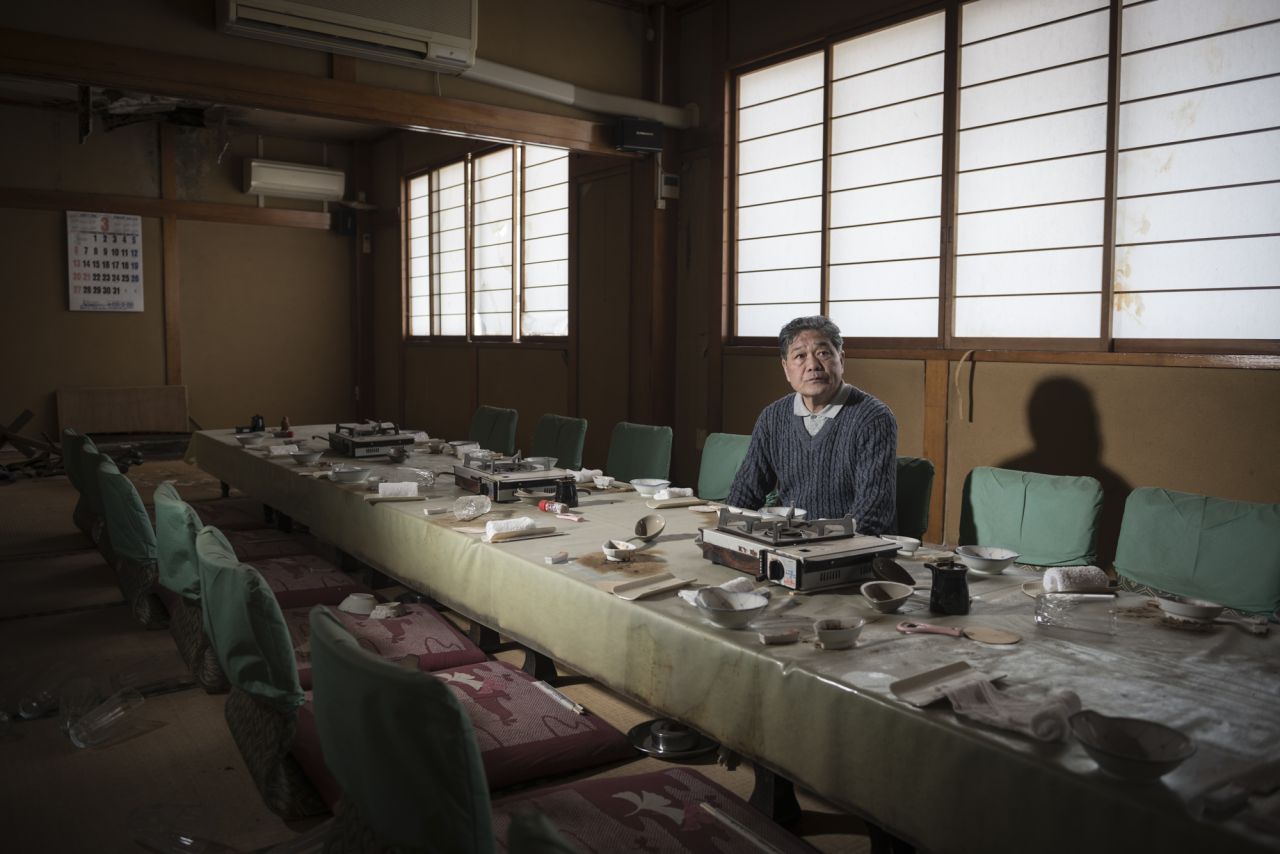
All images courtesy of the artists. Via Creative Boom submission.
This is the dilemma faced by tens of thousands of refugees in Japan who fled their homes when an earthquake and tsunami-damaged Fukushima's nuclear power plant, causing three major meltdowns – the largest nuclear disaster since Chernobyl in 1986.
How would you feel if your home was no longer safe? A radioactive wasteland? Would you return? Would you want to see what had happened to your usual haunts? Almost all of the 80,000 people forced to evacuate have felt compelled to return. But when they have, they've struggled to recognise places that were once so familiar to them.
Through their series Retracing our Steps, French photographers Carlos Ayesta and Guillaume Bression have asked some of the 80,000 refugees who fled areas near Fukushima to return to the places they once knew – a project that has involved some considerable detective work as well as jumping through many administrative hoops.
When you look through these sombre images, it's impossible to imagine that these zones are deemed dangerous because in most cases, things are left as they were. It makes uncomfortable viewing and the accompanying stories further illustrate the sheer impact of the disaster.
Speaking of the project, the pair said: "Facing the camera, they were asked to act as normally as possible – as if nothing had happened. The idea behind these almost surreal photographs was to combine the banal and the unusual. The fact of the historical nuclear accident gives these images a real plausibility."
Make sure you watch the video below to discover more about the Retracing our Steps project. Or visit www.fukushima-nogozone.com to check out more of Carlos and Guillaume's work.
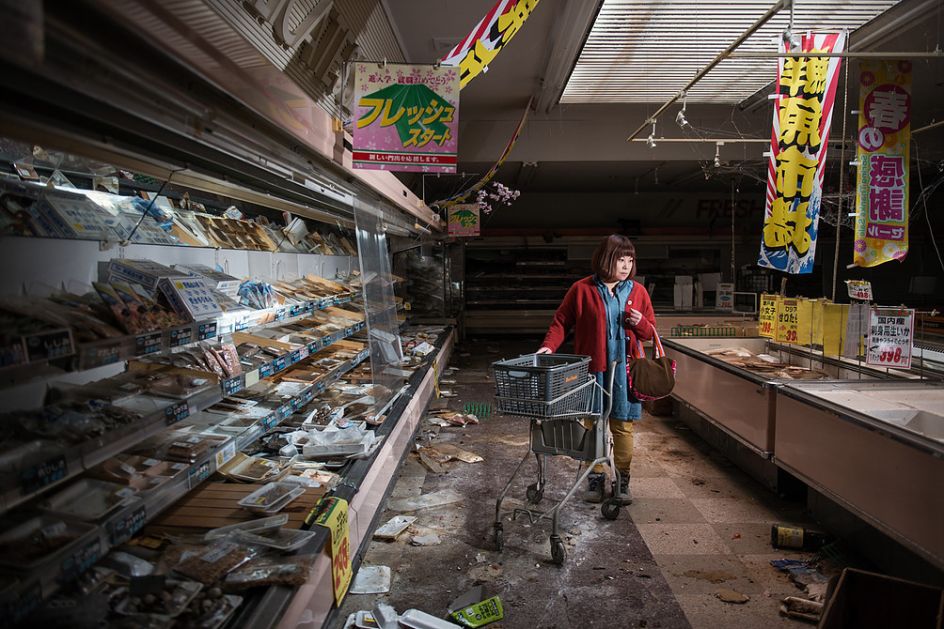
Midori Ito in an abandoned supermarket in Namie
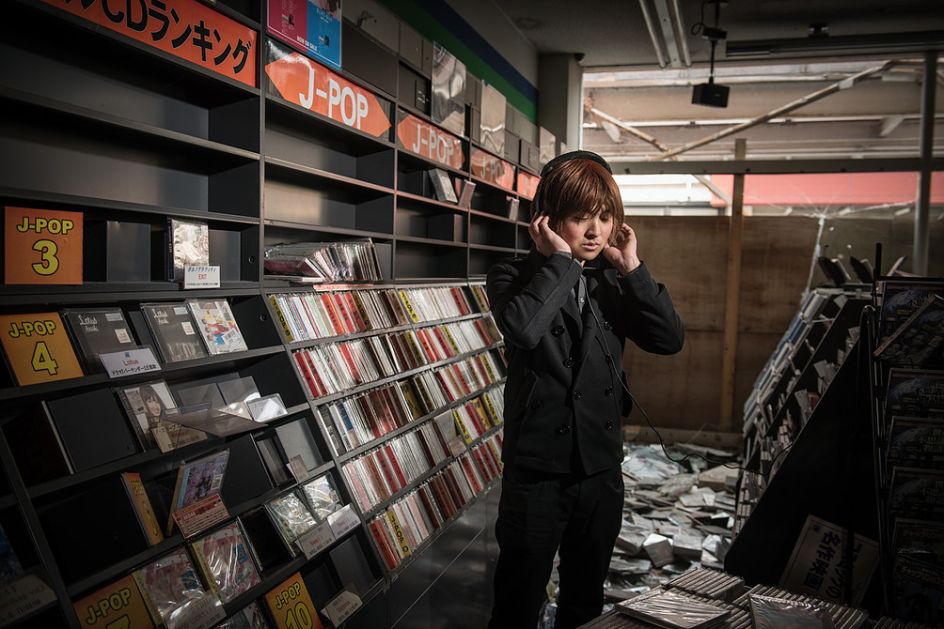
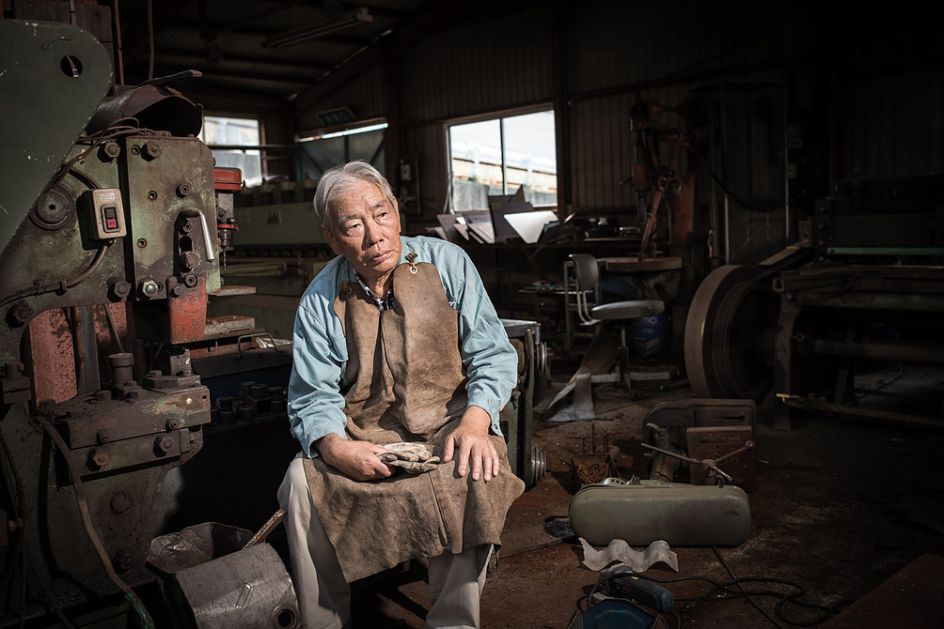
Katsuyuki Yashima sitting in his own workshop, which employed 15 people before the disaster
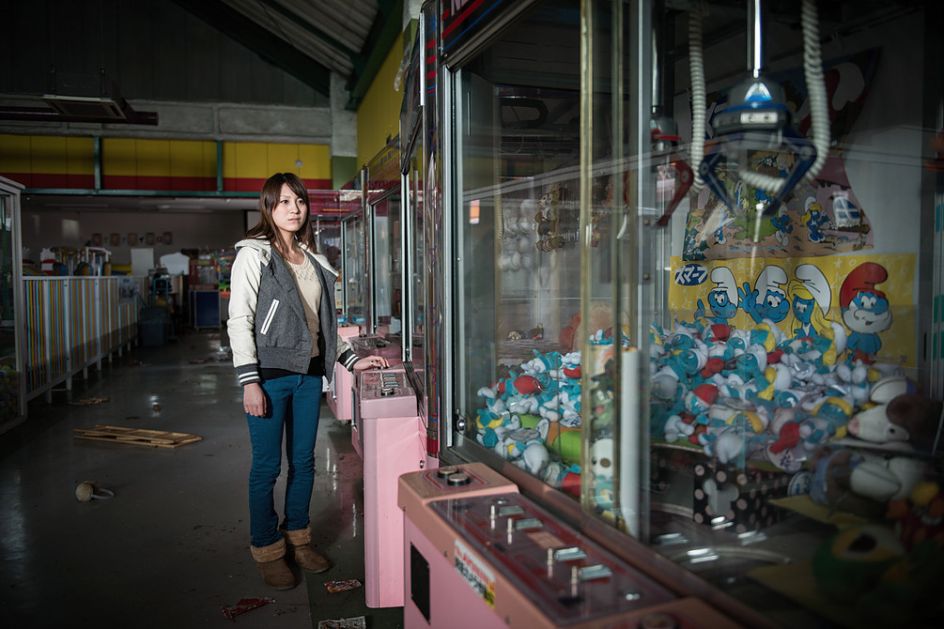
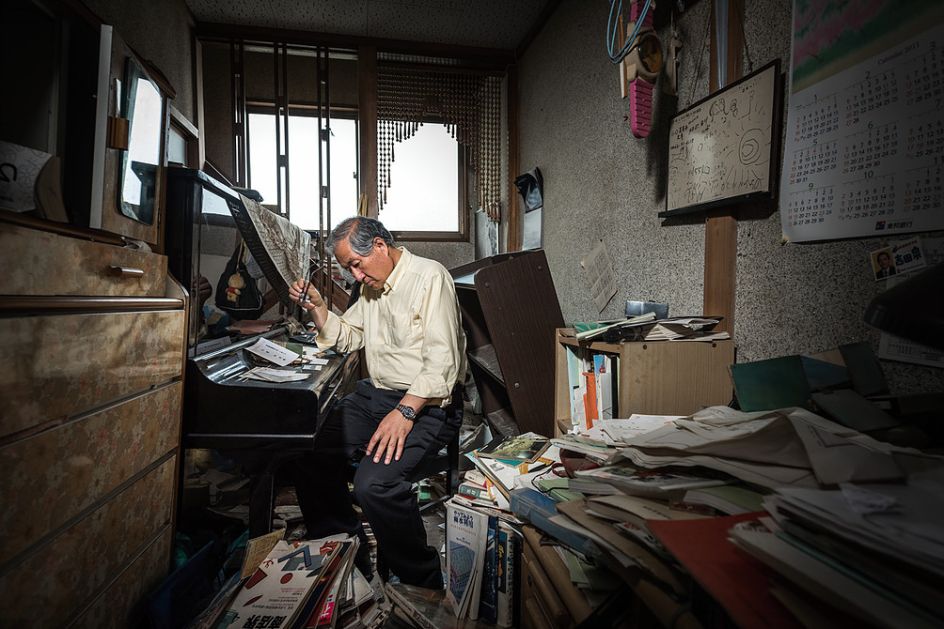
Kazuhiro Onuki at his old house in Tomioka
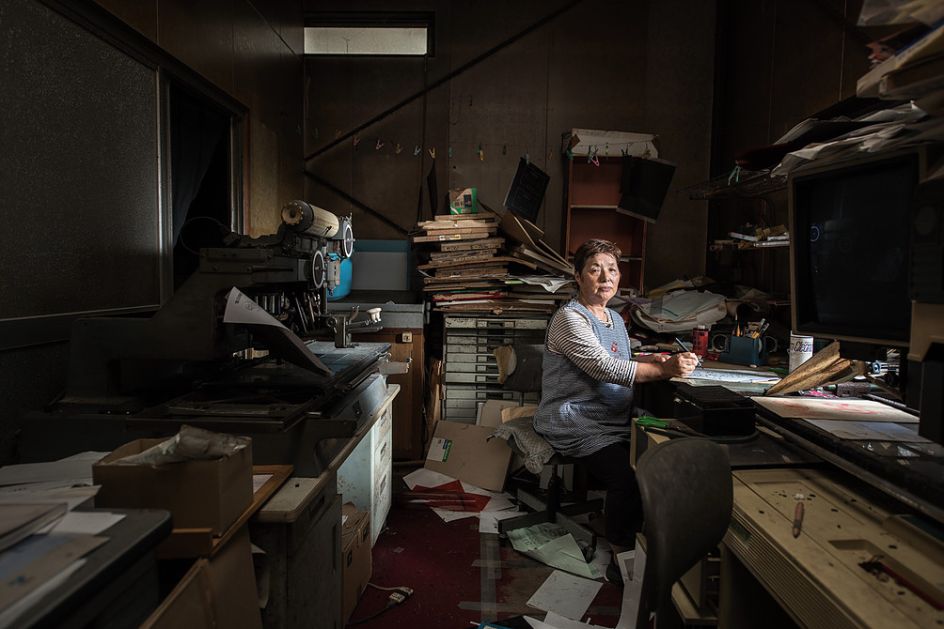
Shigeko Watanabe managed a small printing company in Namie
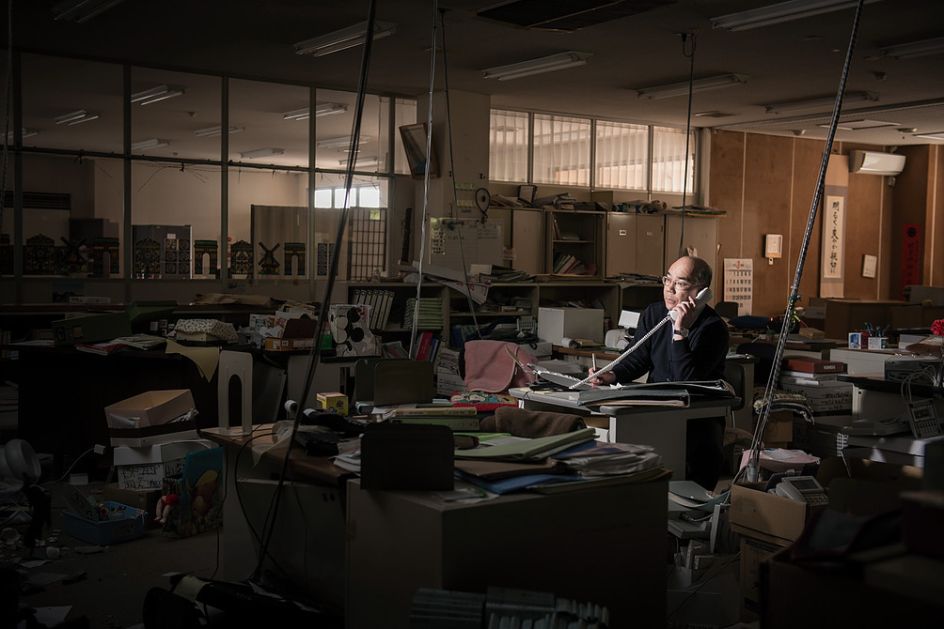
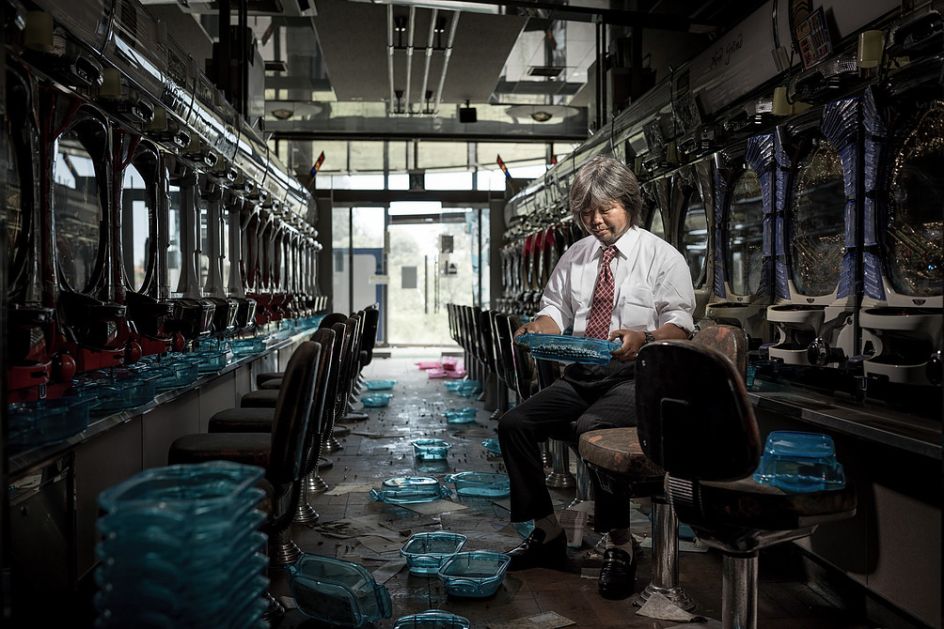
Yasushi Ishizuka at a Japanese games arcade in Tomioka
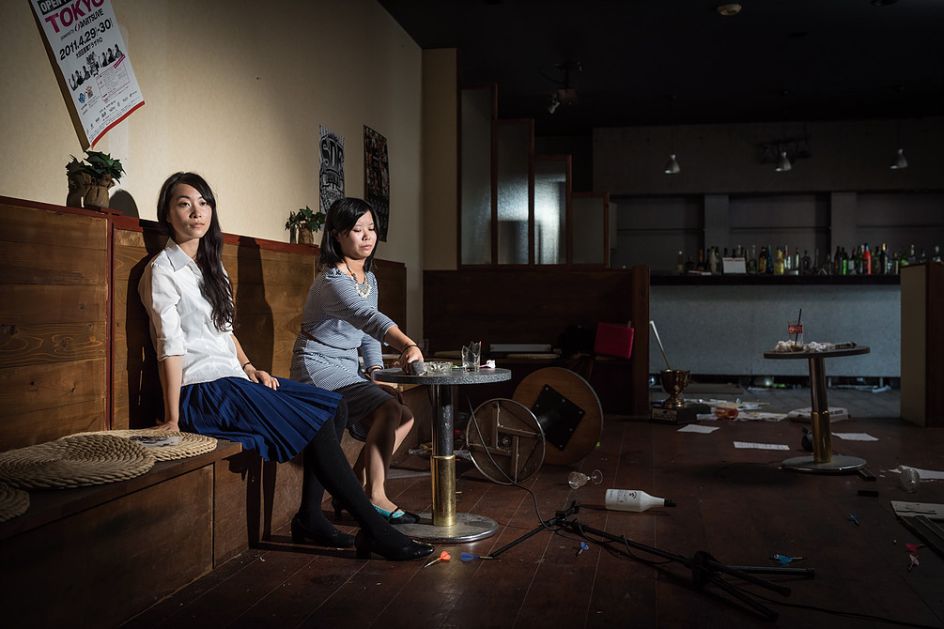
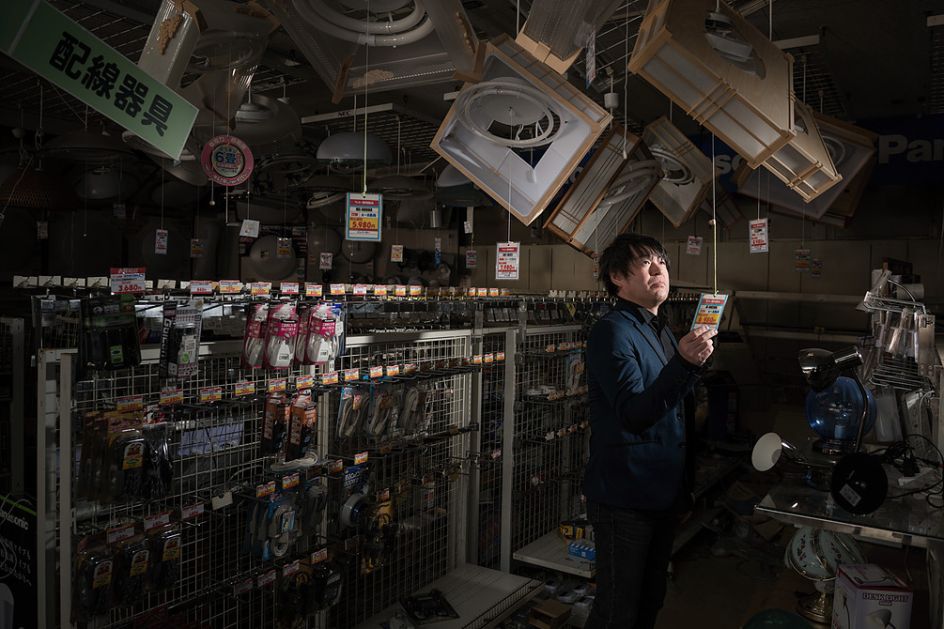
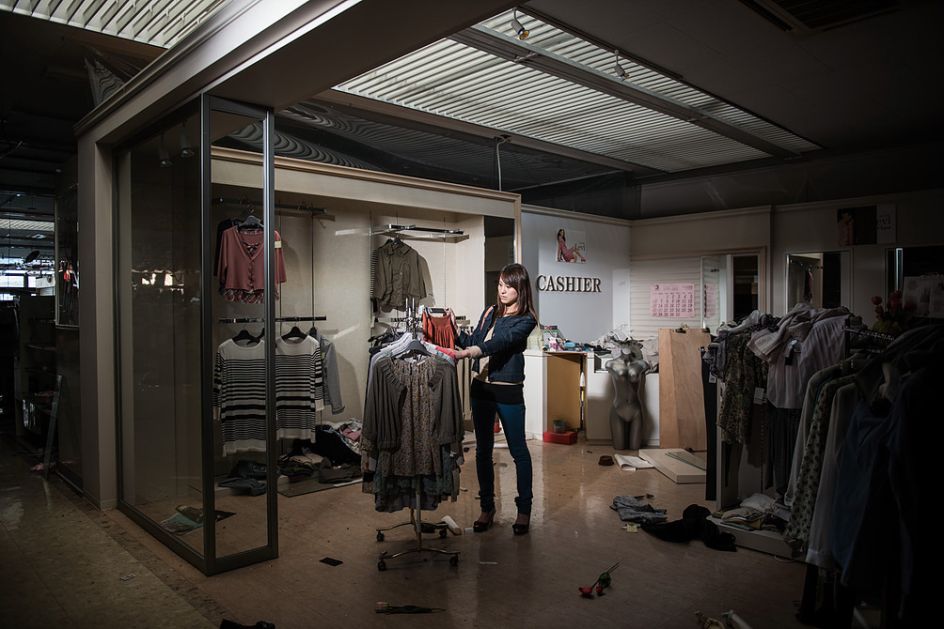
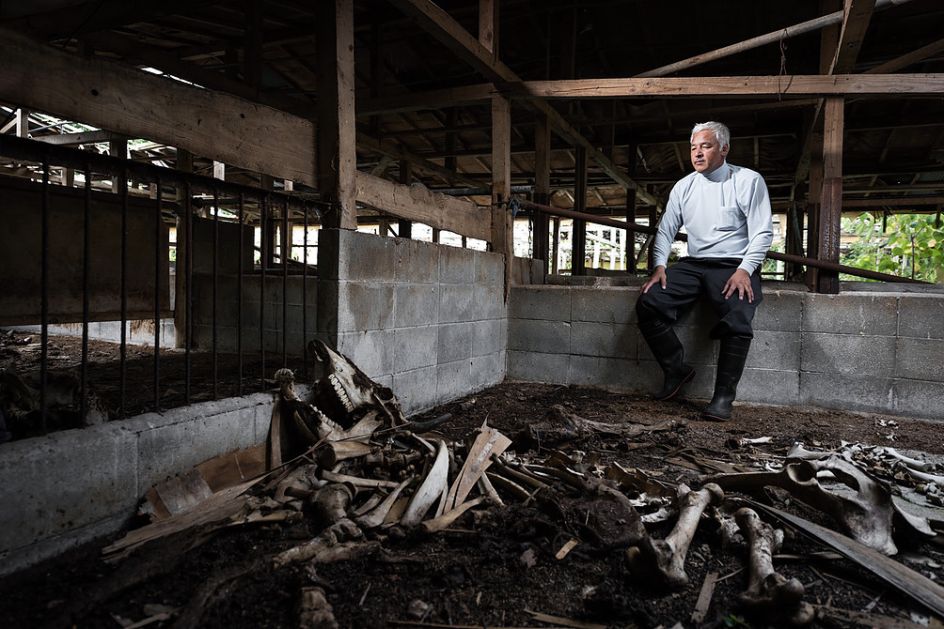
Naoto Matsumura, who is one of the few to stay in the area
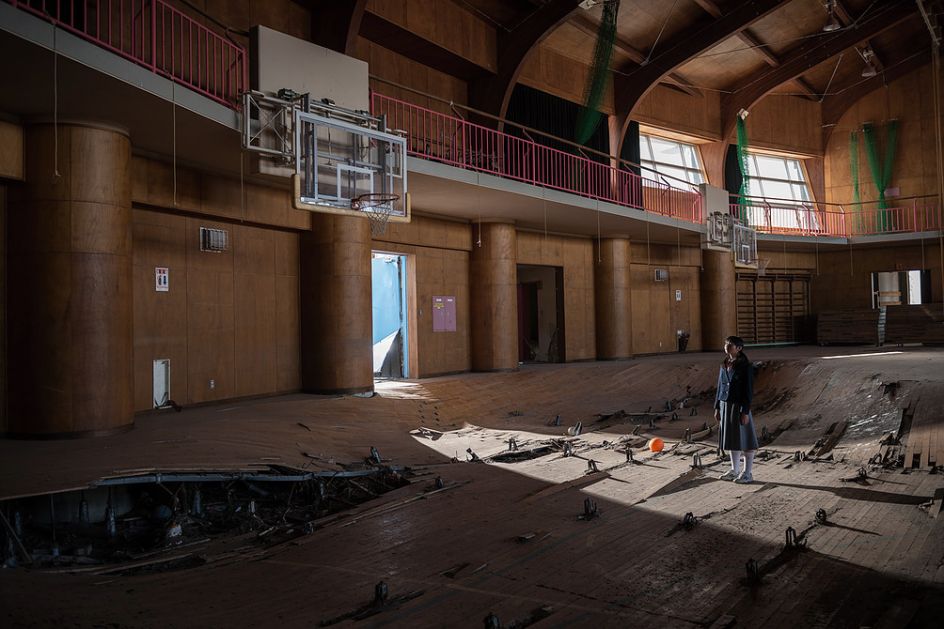
Kanoko Sato at her school's gymnasium in the Ukedo district
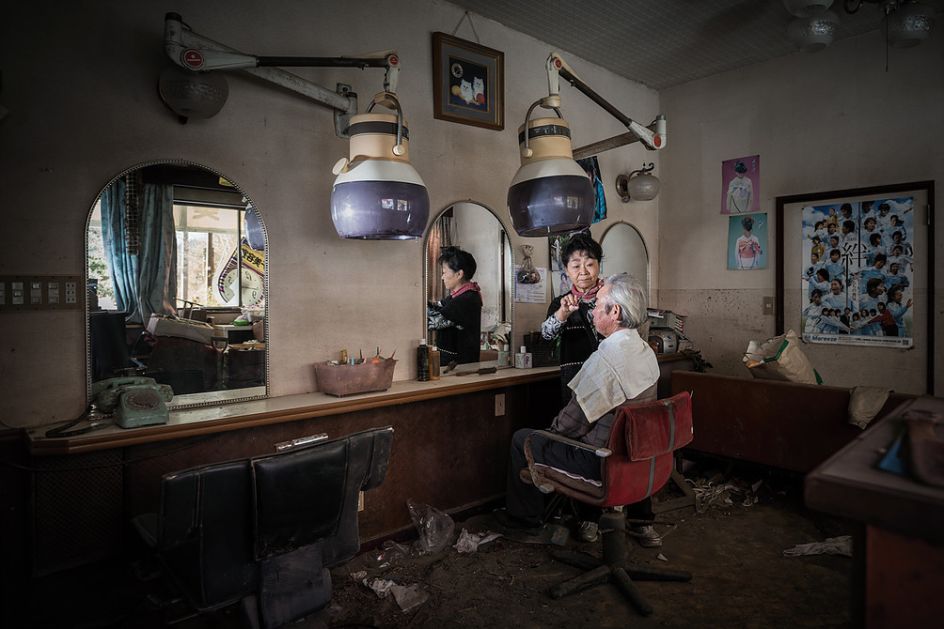
Hidemasa and Michiko Otaki in their old hairdressers in Tomioka
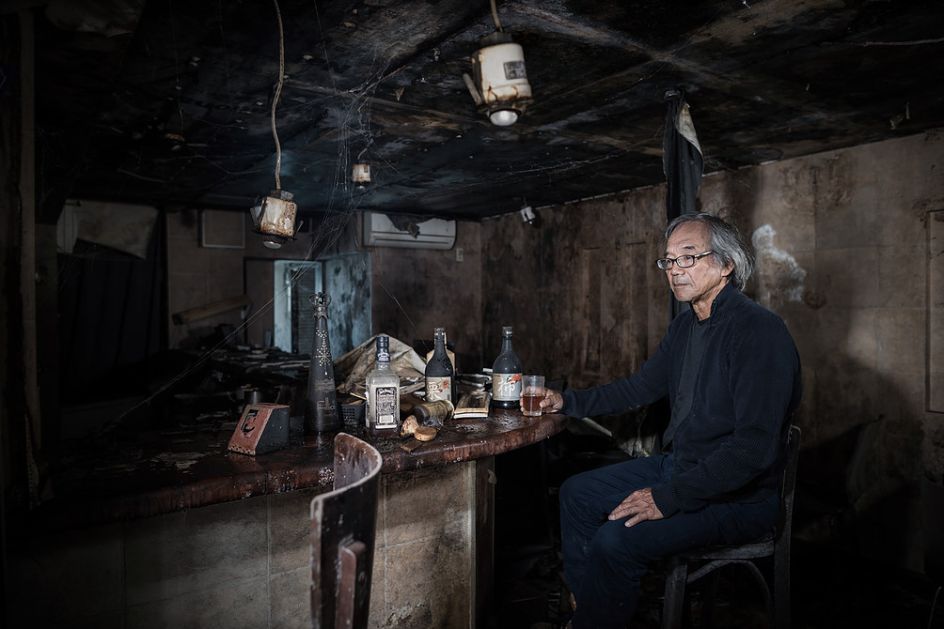
Setsuro Ito, a former vet, sat at a bar
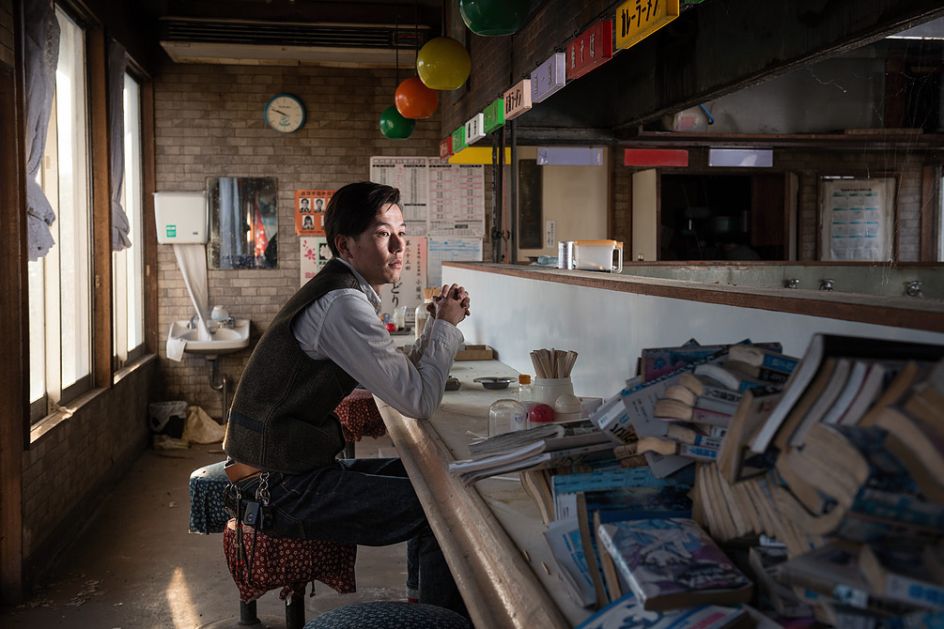
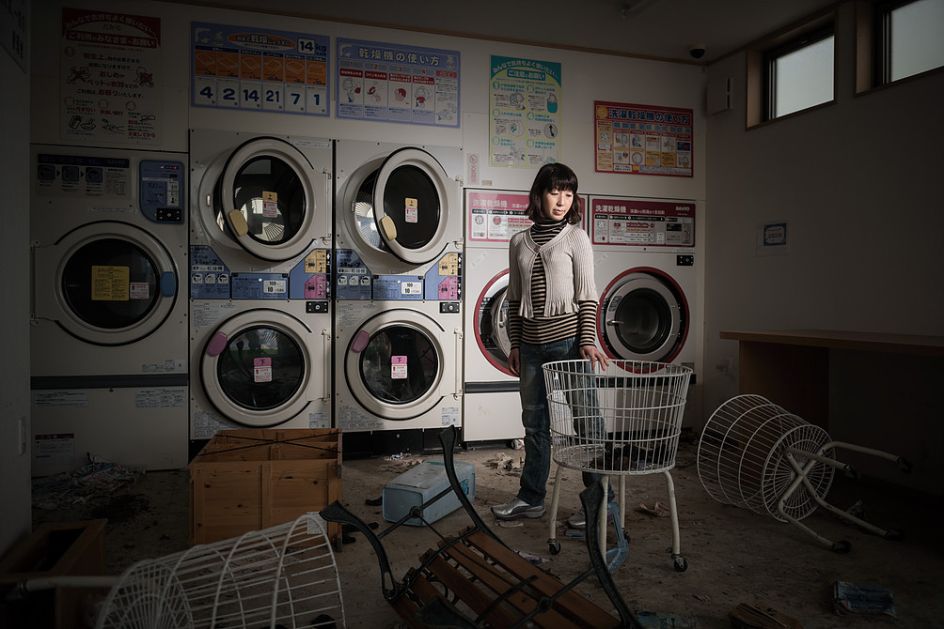
Rieko Matsumotoest at a laundry in Namie
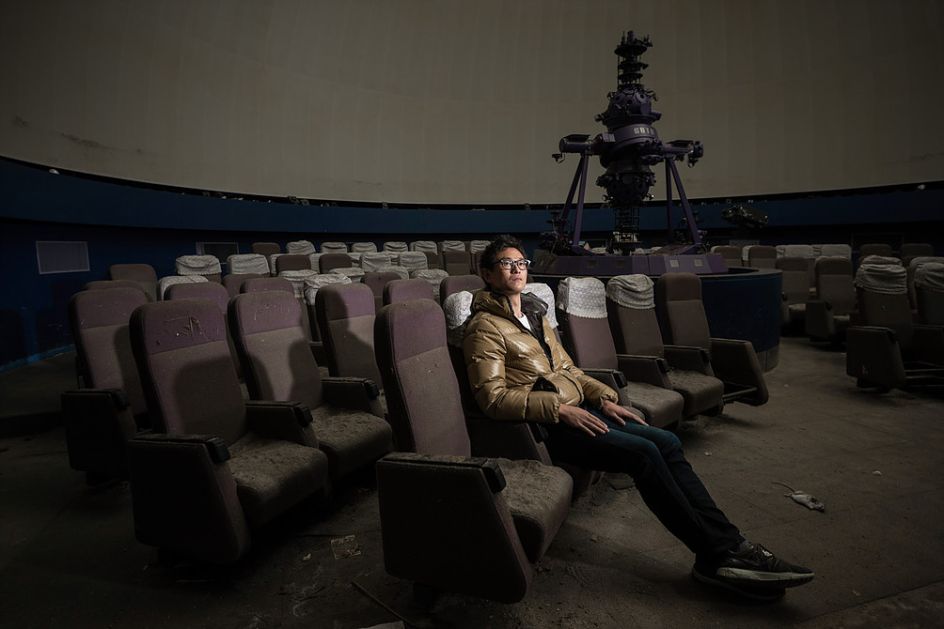
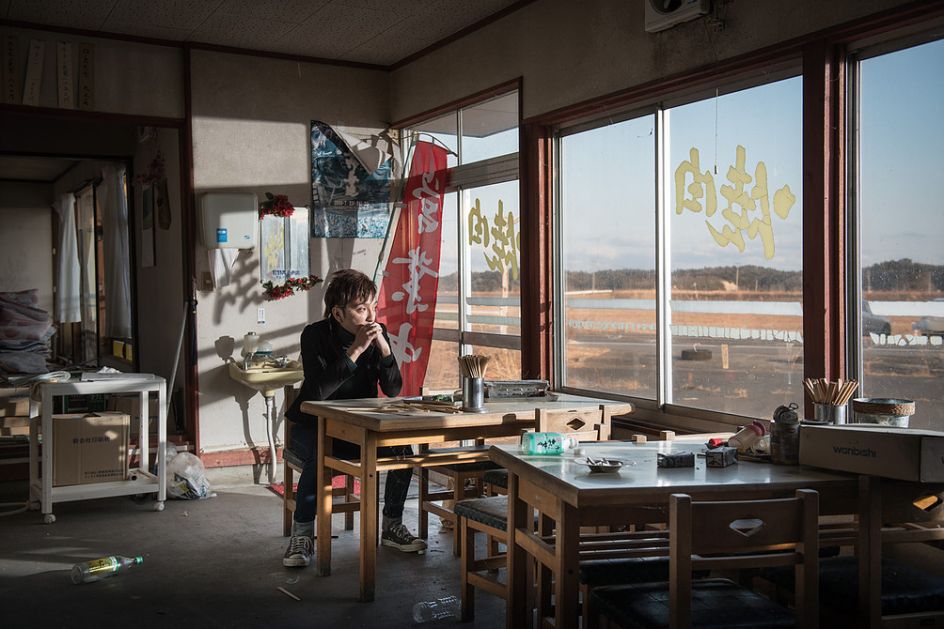





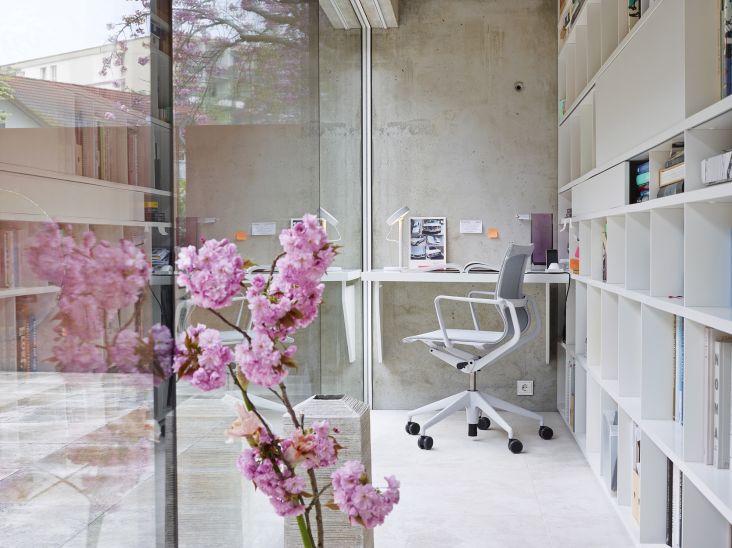
 using <a href="https://www.ohnotype.co/fonts/obviously" target="_blank">Obviously</a> by Oh No Type Co., Art Director, Brand & Creative—Spotify](https://www.creativeboom.com/upload/articles/6e/6ed31eddc26fa563f213fc76d6993dab9231ffe4_732.jpg)
 by Tüpokompanii](https://www.creativeboom.com/upload/articles/58/58684538770fb5b428dc1882f7a732f153500153_732.jpg)







